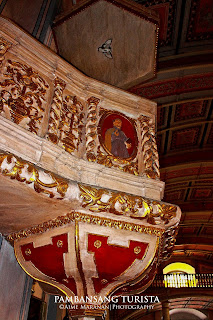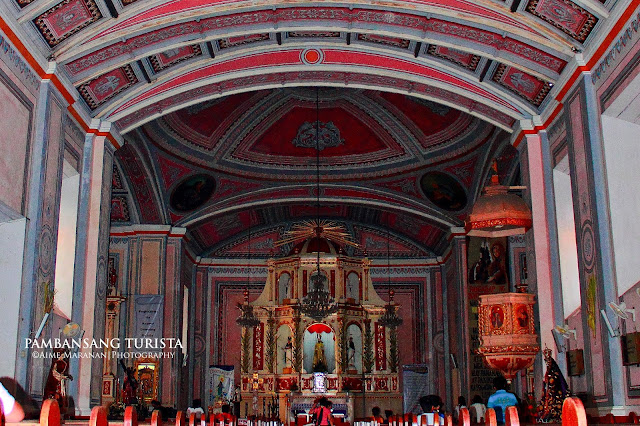History
In the year 1775, town of Imus Cavite was separated Kawit and became a officially free town. That time, Recolletos brought out their petition on government and because of that, October 3, 1795, Archbishop Juan Antonio de Obrigo y Gallego and Governor General Rafael Maria Aguilar approved establishment of Nuestra Señora del Pilar Parish at Imus. According to Fr. Emilio Quilatan, a Recolleto Historian, the image of Nuestra Señora del Pilar was also the one kept at the Intramuros before, brought to Hacienda de Imus and enshrined at Casa Hacienda Chapel.
When this church was established, the Image was presented at the new church. From 1821 to 1840, Fr. Nicolas Becerra, OAR, became parish priest of Imus and built the present structure of the church made of bricks and adobe.
Diocese of Imus in 26th of April 1962 was established to be the Cathedral and became patron of the Diocese as well. This was headed by Rufino Cardinal Santos together with the acceptance of Bishop Artemio Casas at the there to lead the whole Diocese.
The visit
It was my first time to visit the province's Cathedral. It's quite huge and has a very serene interior lights and design. From the entrance you will notice a small room with lots of holy images of different saints including Nuestra Señora del Pilar. It is free to view the room but has time schedule for closure about 6:30pm.
Church info
Address: General Castañada St. Poblacion III-A, Imus Cavite | Tel. Number: (046) 471-4829/ 471-2686 |Email: ourladyofthepillarparish@yahoo.com
Mass Schedule: Sunday: 5:30pm/7pm
Mon-Fri: 6:30am, 9:30am/ 5:30pm, 7pm
Saturday: 6:45am/ 5:30pm
Like this Church Article? Share it with others too!
Want to share your thoughts? Leave a comment below.
Read more >>
In the year 1775, town of Imus Cavite was separated Kawit and became a officially free town. That time, Recolletos brought out their petition on government and because of that, October 3, 1795, Archbishop Juan Antonio de Obrigo y Gallego and Governor General Rafael Maria Aguilar approved establishment of Nuestra Señora del Pilar Parish at Imus. According to Fr. Emilio Quilatan, a Recolleto Historian, the image of Nuestra Señora del Pilar was also the one kept at the Intramuros before, brought to Hacienda de Imus and enshrined at Casa Hacienda Chapel.
When this church was established, the Image was presented at the new church. From 1821 to 1840, Fr. Nicolas Becerra, OAR, became parish priest of Imus and built the present structure of the church made of bricks and adobe.
Diocese of Imus in 26th of April 1962 was established to be the Cathedral and became patron of the Diocese as well. This was headed by Rufino Cardinal Santos together with the acceptance of Bishop Artemio Casas at the there to lead the whole Diocese.
The visit
It was my first time to visit the province's Cathedral. It's quite huge and has a very serene interior lights and design. From the entrance you will notice a small room with lots of holy images of different saints including Nuestra Señora del Pilar. It is free to view the room but has time schedule for closure about 6:30pm.
Church info
Address: General Castañada St. Poblacion III-A, Imus Cavite | Tel. Number: (046) 471-4829/ 471-2686 |Email: ourladyofthepillarparish@yahoo.com
Mass Schedule: Sunday: 5:30pm/7pm
Mon-Fri: 6:30am, 9:30am/ 5:30pm, 7pm
Saturday: 6:45am/ 5:30pm
Like this Church Article? Share it with others too!
Want to share your thoughts? Leave a comment below.















































